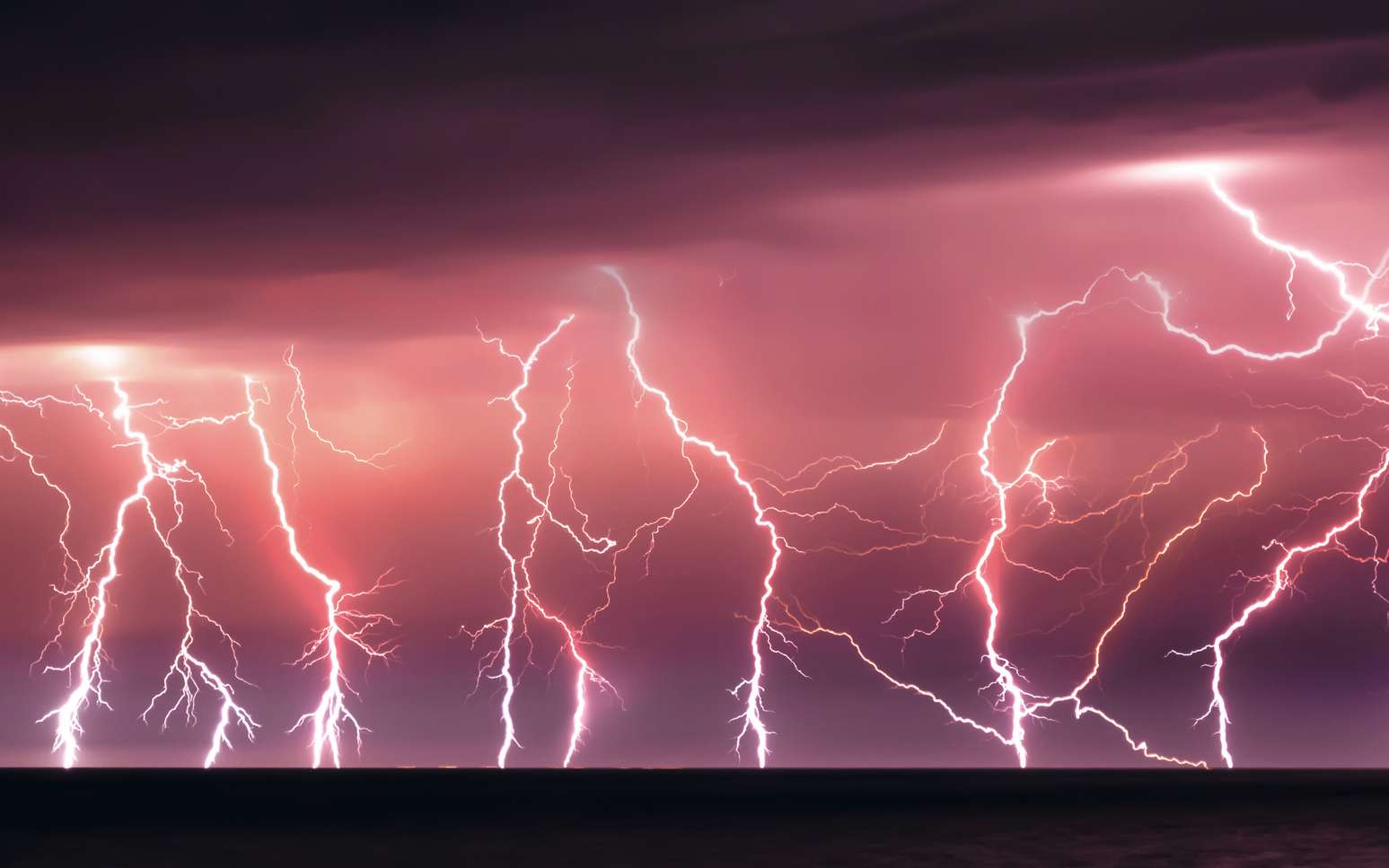By combining ten-year meteorological data and machine learning, engineers from the Swiss Federal Institute of Technology in Lausanne have succeeded in developing artificial intelligence capable of predicting the impact of lightning within a radius of 30 kilometers to 10 or 30 minutes near. Relative precision that will better warn people, but also improve the current Laser Lightning Rod project which consists of deflecting impacts.
Even though common sense tips help to avoid being struck by lightning, experts have not figured out how to predict exactly where it will hit. At the Faculty of Engineering Sciences and Techniques of EPFL (Lausanne), researchers from the Electromagnetic Compatibility Laboratory, led by Farhad Rachidi, have developed a system capable of predicting the moment when the lightning within 10 or 30 minutes, within a radius of thirty kilometers.
This is not yet the exact precision but we get closer and for that, they rely on artificial intelligence nourished data collected during ten years in 12 Swiss weather stations, located as well in urban areas as in regions mountainous. Four parameters were taken into account: atmospheric pressure, temperature of the air , relative humidity and speed of the wind. These parameters were then correlated with records from lightning detection and localization systems.

A success rate of 80%
Thus, the algorithm was able to learn to identify the conditions favorable to lightning and it is the machine learning which then allows adapting the algorithm to the data in real time. Based on past data and impact points, the AI recognizes the conditions leading to the creation of lightning.
Once trained, the system made predictions that proved to be correct in nearly 80% of cases. According to the researchers, this system has the advantage of being simple to set up and inexpensive. Another advantage is that data can be provided easily in real time, and predictions can be made very quickly even before a storm is formed .